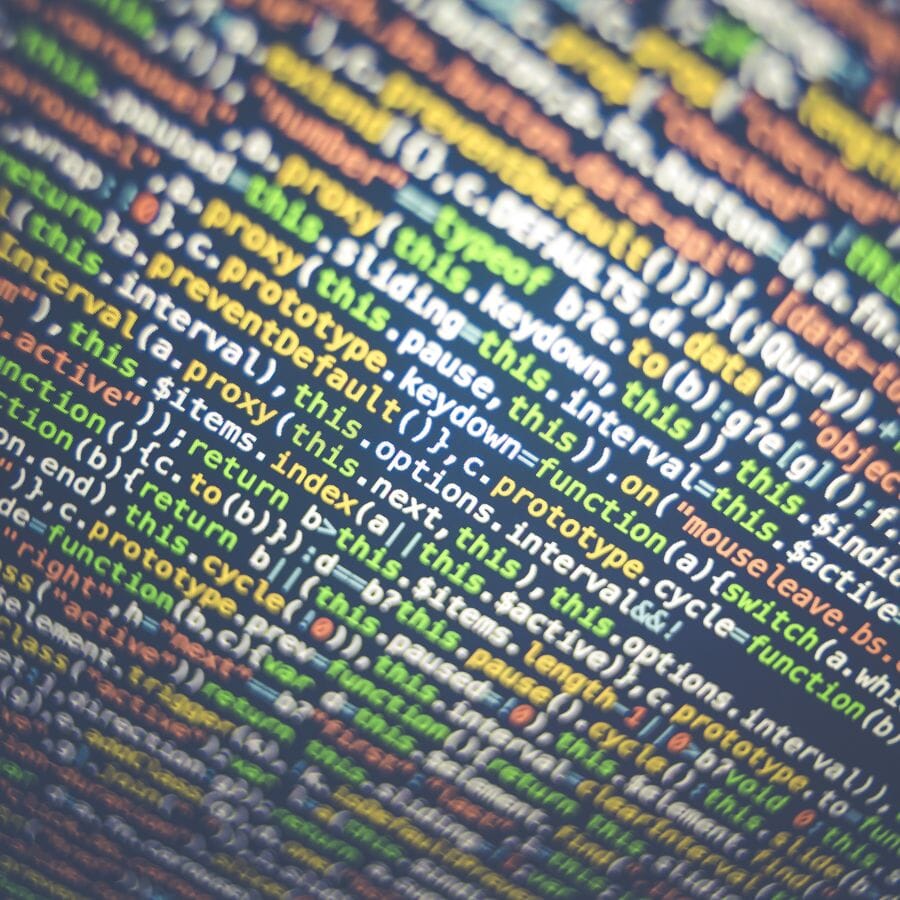
Cryptography, the 10 codes that have never been forced
Mathias MeyerTo share

If the Internet has spawned a billion-dollar industry that writes, protects, and attacks code, cryptologists are not all powerful. There are very old codes that, even today, with all the computer power they have, are unable to force. The British newspaper The Telegraph compiled a list of ten of these inviolable codes.
1. The Phaistos Disc.
It is a disc of baked clay, discovered in 1908 in the archaeological site of Phaistos, in Crete. It probably dates from the Minoan Bronze Age (2nd millennium BC). Its diameter is about 16 cm and it is covered, on both sides, with hieroglyphs printed with the help of punches. In total, there are 241 signals, 45 of which cover the disk, forming a spiral from the outside to the center of the object. Only a handful of signals were deciphered.
2. Linear writing A.
Once again, the mystery comes from Greece. Linear A is a script that was used in ancient Crete. This writing is composed of eighty-five signs and ideograms. It is supposed to transcribe the language of the Minuans. Another script from the same era, Linear B was deciphered, but Linear A was not.
3. The CIA's Kryptos Statue.
It is a sculpture created by Jim Sanborn, displayed in Langley, Virginia, inside the CIA headquarters complex. Since its inauguration in 1990, this monument has been the subject of countless discussions about the encrypted messages that cover it. So far, these messages have been partially deciphered.
4. General Wang's gold ingots.
In 1933, seven gold bars were manufactured for General Wang in Shanghai. They are covered in handwriting and cryptograms that would be the key to access deposits made in a US bank, with more than $ 300 million.
5. Beale's number.
This mysterious code in three messages would give access to two buried wagons, containing tons of gold and silver.
6. The Voynich manuscript.
It is an ancient book written, which uses an unknown alphabet. According to the most commonly accepted estimates, it would have been written between 1450 and 1520.
7. Dorabella's number.
This is the name given to the figure used by composer Edward Elgar in a letter addressed to one of his acquaintances, Miss Dora Penny. This message was never decrypted.
8. The Chaocipher.
The "figure of chaos" was invented by John F. Byrne in 1918, who for 40 years tried to persuade the US government to adopt it in their secret communications. He dared anyone to break it. No one has managed to do this.
9. The number of Agapeyeff.
This is an encrypted message proposed in 1939 by the English cartographer of Russian origin Alexander d'Agapeyeff, in the first edition of Codes and Ciphers, an elementary book on cryptography. Proposed at the end of the book as a challenge to the reader, this number was not included in later editions of the book. No attempts to decipher it were successful.
10. The Somerton Man's Code.
The unidentified body of a male was discovered in 1948 on Somerton Beach in Adelaide, Australia. He was wearing a coat and sweater on a hot day and had no means of identifying him. A suitcase found at Adelaide station belonging to the man included, in the hidden pocket of an article of clothing, a torn piece of paper from a book found in an abandoned car. Five lines of text in capital letters have been handwritten in this book and appear to be code. It was never deciphered.
Source: slate.fr
This article is offered by the Glórias collection, specialist in rare autograph documents . We evaluate, buy and sell letters, manuscripts, books with dedications or drawings of great historical personalities. Click here to learn more